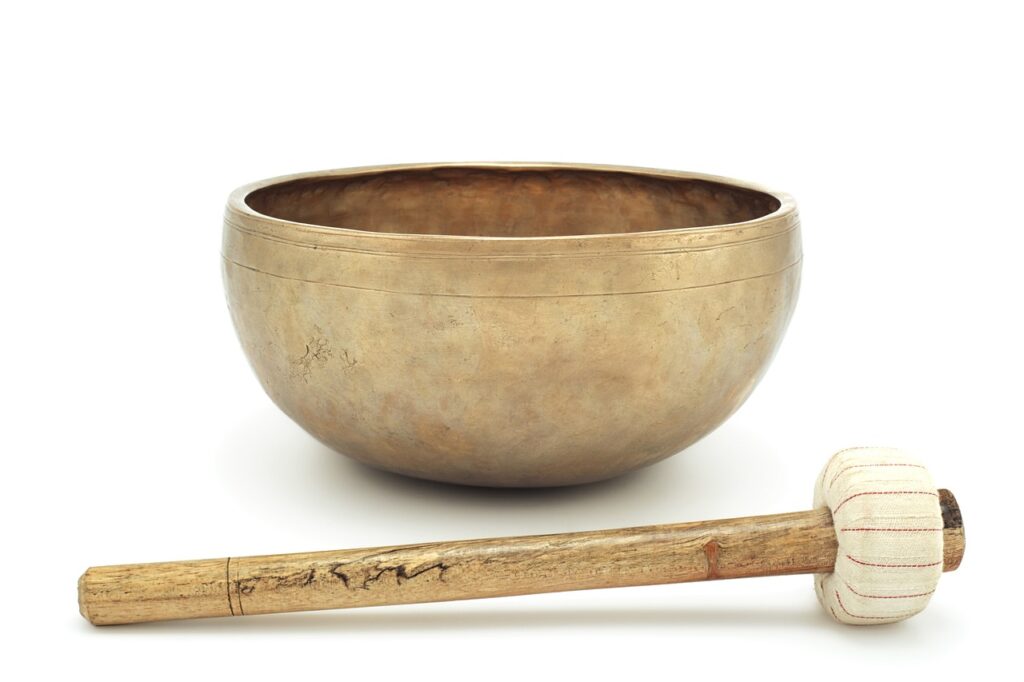
With these simple natural hyaluronic acid serum ingredients, you can make a customized serum that meets your skin’s needs. Try out different mixes to find the best one for you!
Step-by-Step Guide: How to Make Hyaluronic Acid Serum at Home
Making your own hyaluronic acid serum at home is easy and saves money. We’ll guide you through making a homemade hyaluronic acid serum. This way, you can enjoy its skin benefits without spending a lot.
Preparing the Ingredients
First, gather the tools you need. For a basic serum, you’ll need:
- Hyaluronic acid powder or liquid
- Distilled or purified water
- A small container or bottle for storage
- A clean, sterile mixing bowl and utensils
Ensure all your tools are clean and dry before mixing. Measure the ingredients carefully to get the right consistency for your serum.

Ingredients Needed for a Homemade Hyaluronic Acid Serum
Making your own hyaluronic acid serum at home is easy with just a few items. The main thing you need is natural hyaluronic acid, which comes in powder or liquid. Add some distilled water to thin it out to the right serum concentration. You can also mix in other natural ingredients to make it even better.
Some great things to add to your homemade hyaluronic acid serum are:
- Vitamin C to help make more collagen and make your skin brighter
- Aloe vera for its calming and moisturizing effects
- Essential oils like lavender or frankincense for their calming and anti-inflammatory effects
The amount of hyaluronic acid serum concentration you pick depends on your skin type and what you want to achieve. A good starting point is a mix of 1-2% hyaluronic acid for the best hydration and anti-aging effects.
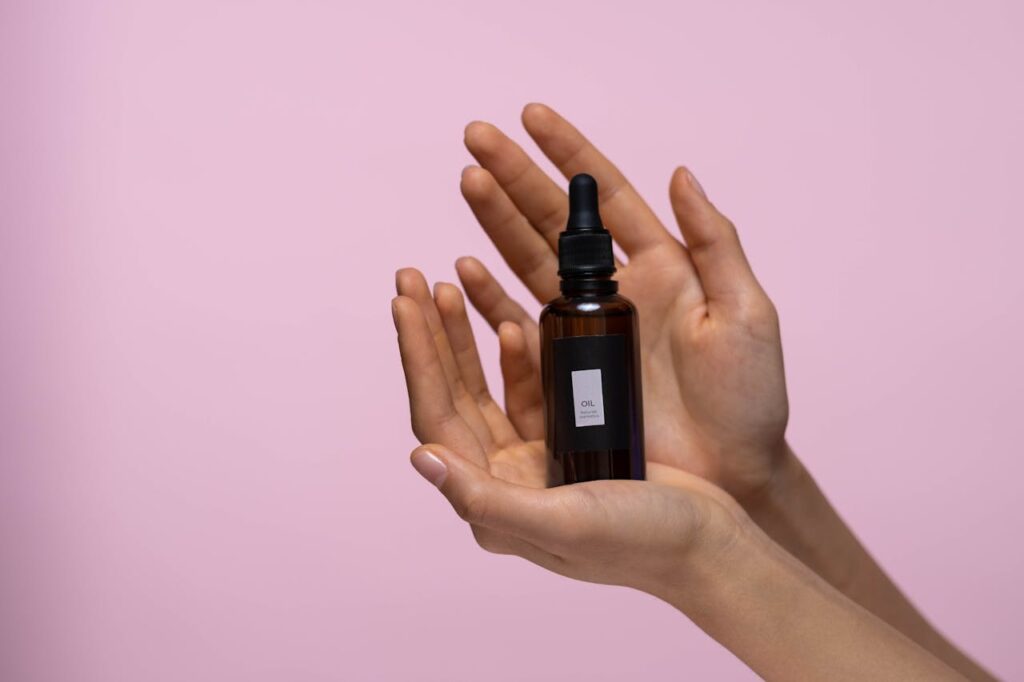
| Ingredient | Purpose |
|---|---|
| Hyaluronic Acid (Powder or Liquid) | The key active ingredient for hydration and anti-aging |
| Distilled Water | Dilutes the hyaluronic acid to the desired serum concentration |
| Vitamin C | Boosts collagen production and brightens the skin |
| Aloe Vera | Provides soothing and hydrating benefits |
| Essential Oils | Offer calming and anti-inflammatory properties |
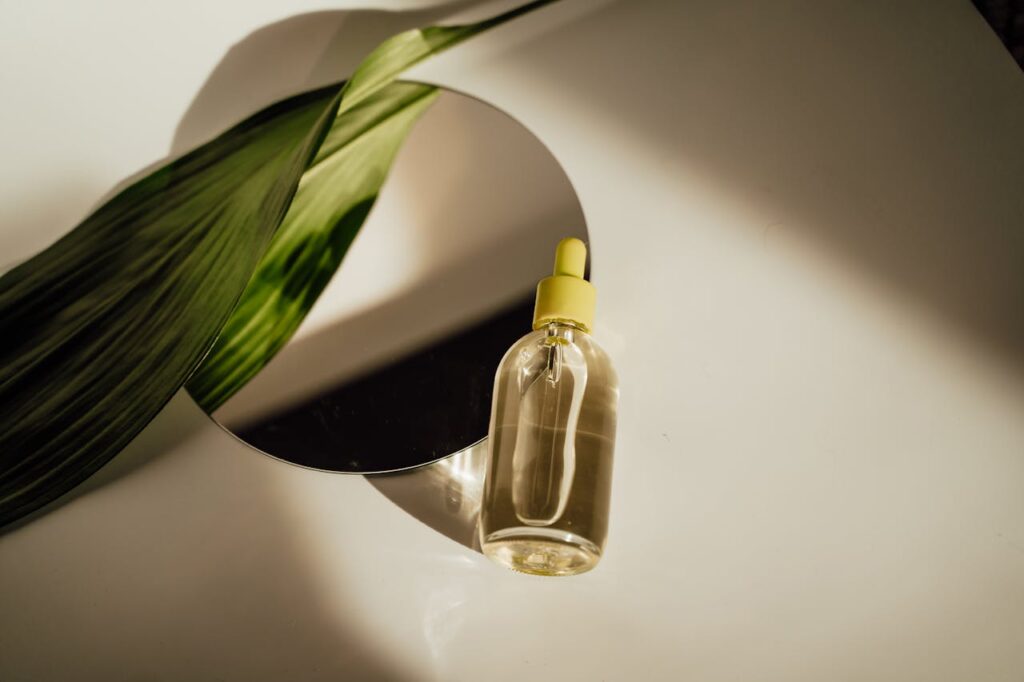
With these simple natural hyaluronic acid serum ingredients, you can make a customized serum that meets your skin’s needs. Try out different mixes to find the best one for you!
Making your own hyaluronic acid serum at home is easy and saves money. We’ll guide you through making a homemade hyaluronic acid serum. This way, you can enjoy its skin benefits without spending a lot.
Prepare Your Ingredients
First, gather the ingredients you need. For a basic serum, you’ll need:
- Hyaluronic acid powder or liquid
- Distilled or purified water
- A small container or bottle for storage
- A clean, sterile mixing bowl and utensils
Ensure all your tools are clean and dry before mixing. Measure the ingredients carefully to get the right consistency for your serum.
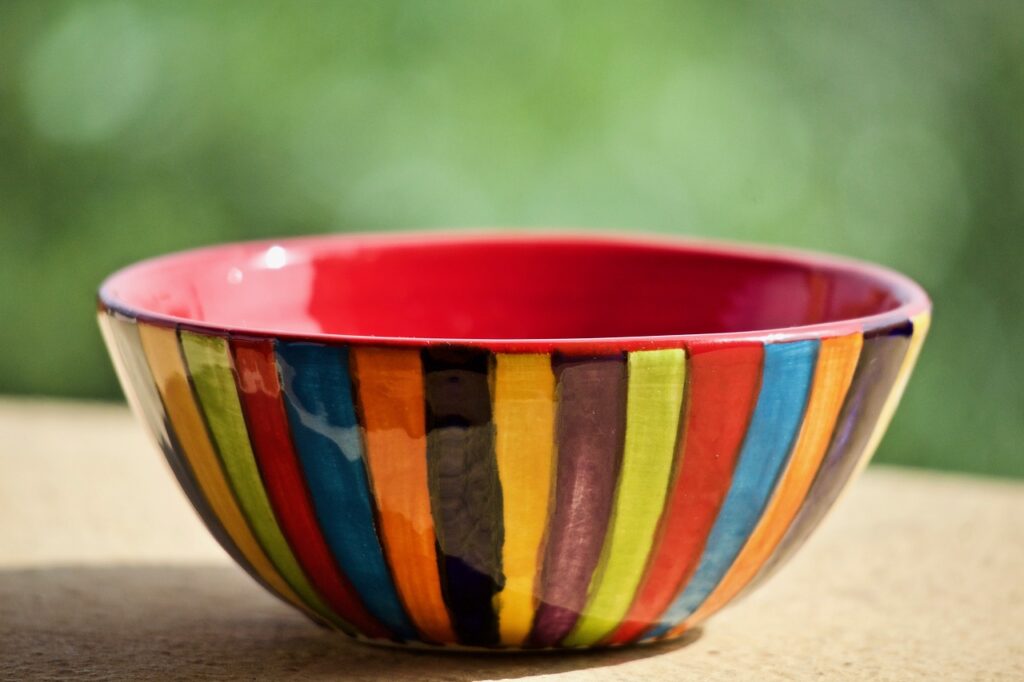
Mixing and Blending the Serum
With your ingredients ready, it’s time to mix the serum. Add the hyaluronic acid to the water and stir until it dissolves completely. If making a large batch, use a whisk or electric mixer for a smooth blend.
Pay attention to the serum’s texture as you mix. It should feel light and silky, not gritty or lumpy. Adjust the ingredients if needed to get the right consistency. Work in a clean, well-ventilated area to avoid contamination. This ensures your homemade hyaluronic acid serum stays effective and pure.
Combining Hyaluronic Acid with Other Natural Ingredients
Hyaluronic acid is great for your skin alone, but it gets even better with other natural ingredients. These ingredients work together to make your skin look and feel amazing. Let’s look at some top combinations to add to your natural hyaluronic acid serum ingredients.
Hyaluronic Acid and Vitamin C
Vitamin C fights off free radicals and makes your skin look brighter and more even. When you mix it with hyaluronic acid, it also helps reduce wrinkles and fine lines. This combo is a win-win for your skin.
Hyaluronic Acid and Aloe Vera
Aloe vera soothes and hydrates your skin. When you add it to hyaluronic acid, it gives your skin deep moisture. It also calms redness and irritation, making your skin feel smooth.
Hyaluronic Acid and Essential Oils
Essential oils like lavender or rosemary add more goodness to your natural hyaluronic acid serum ingredients. They offer extra antioxidant protection and help with specific skin issues.
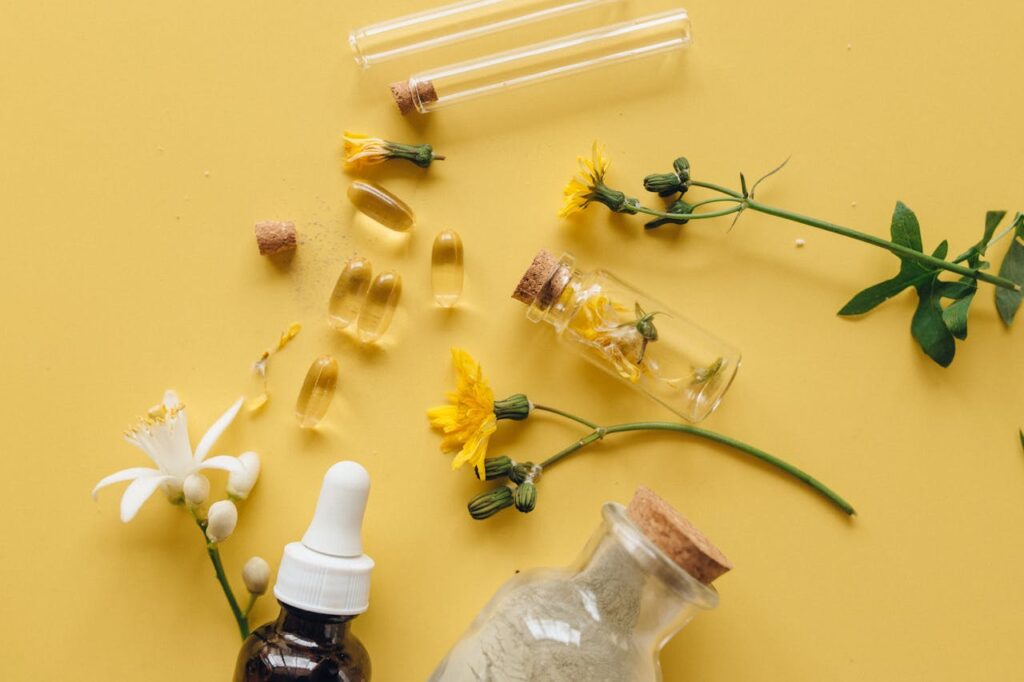
By mixing hyaluronic acid with these ingredients, you can make a serum that’s both powerful and nourishing. Try different mixes to find the best one for your skin type and needs.
Understanding your skin type is the first step to having healthy, glowing skin. This guide will help you find out what your skin needs. It will show you how to create a skincare routine that works for you.
By learning about the different skin types and what affects them, you can make better choices for your skin. This knowledge will help you take care of your skin in the best way possible.
The four main skin types are:
- Oily skin – has too much sebum, making it shiny and prone to acne and big pores.
- Dry skin – lacks oils, causing tightness, flakes, and a dull look.
- Combination skin – mixes oily and dry areas, often with oily T-zone and dry cheeks.
- Sensitive skin – easily gets red, irritated, and reacts to some products or the environment.

Hyaluronic Acid Serum vs. Commercial Products
Hyaluronic acid is a top choice for those looking for glowing, young skin. Making your own hyaluronic acid serum at home can save money and be tailored to your skin. Let’s look at the pros and cons of homemade versus store-bought serums.
Cost-Effectiveness and Quality Comparison
Creating your own hyaluronic acid serum can save a lot of money. The ingredients for a top-notch serum at home are cheaper than store-bought ones. Hyaluronic acid serum benefits don’t have to come with a high price tag.
Homemade serums let you control the hyaluronic acid level and mix it with other ingredients for your skin type. While Hyaluronic acid skin care products from brands can work well, making your own lets you fine-tune the formula.
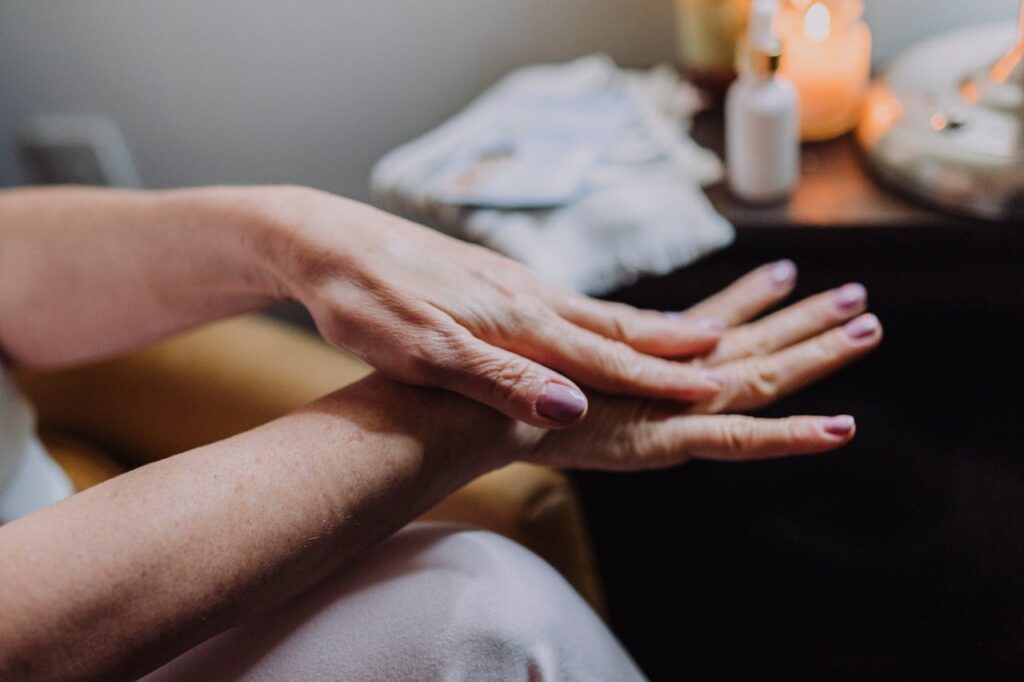
Hyaluronic Acid for Different Skin Types
Hyaluronic acid is great for many skin types. It helps with dry, oily, sensitive, or mature skin. Making your own hyaluronic acid serum can give you hydration and anti-aging benefits. Let’s see how to make a serum that meets your skin’s needs and gets the most out of hyaluronic acid serum benefits.
Dry Skin
For dry skin, hyaluronic acid is a lifesaver. It pulls moisture into the skin and keeps it from drying out. Add oils like jojoba or argan to your serum for extra moisture and to keep it in.
Oily Skin
Many think hyaluronic acid won’t work on oily skin, but it can. It controls oil production and makes pores look smaller. Use a light, oil-free base and add green tea or witch hazel to your serum to control shine.
Sensitive Skin
Hyaluronic acid is kind to sensitive skin. Add ingredients like aloe vera or chamomile to your hyaluronic acid serum for extra calmness.
Mature Skin
Our skin makes less hyaluronic acid as we age, leading to less volume and more wrinkles. A strong hyaluronic acid serum can help. It plumps up the skin and smooths out wrinkles. For mature skin, mix it with vitamin C or retinol for extra anti-aging benefits.
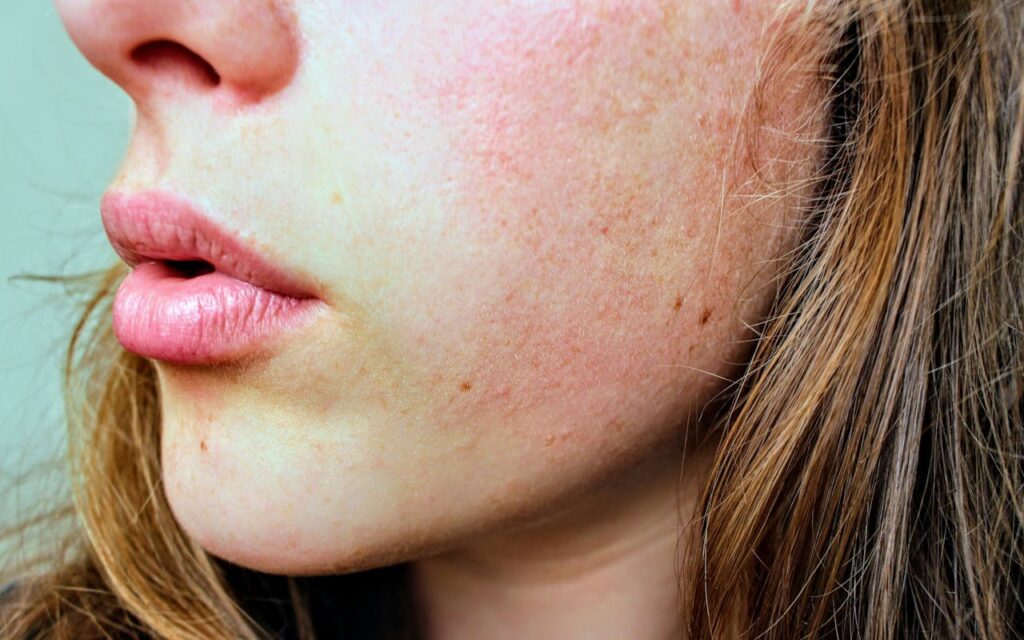
Conclusion
Making your own hyaluronic acid serum at home is easy and saves money. You only need a few things like hyaluronic acid powder, distilled water, and some optional extras like vitamin C or essential oils. First, measure and mix the ingredients together. Then, put your homemade serum in a clean, airtight container to keep it fresh and effective.
When you apply the serum, make sure your skin is clean and damp for better absorption. Gently press the serum into your face and neck. Let it fully absorb before adding more products. For the best effects, use your homemade serum every morning and night as part of your skincare routine.
By making your own hyaluronic acid serum, you get to enjoy its hydrating and anti-aging benefits. You also save money and know exactly what’s in your skincare products. With just a few easy steps, you can get a glowing, youthful look at home.